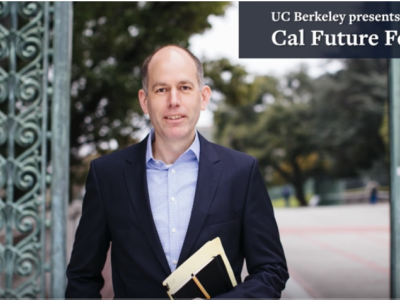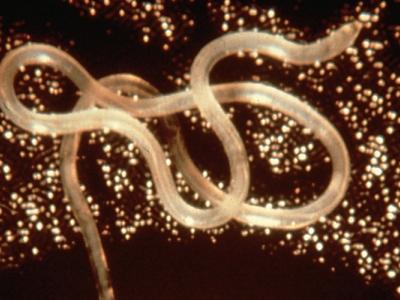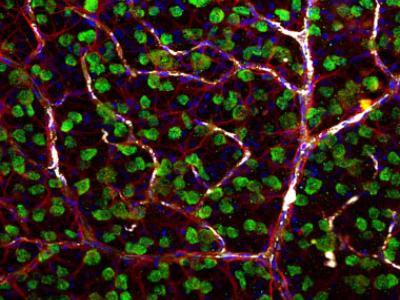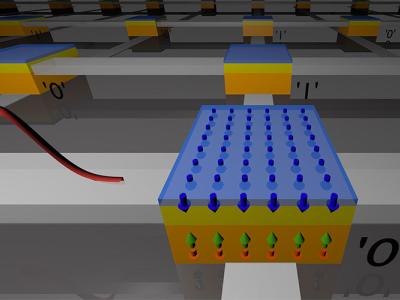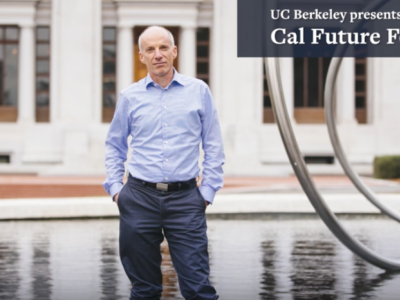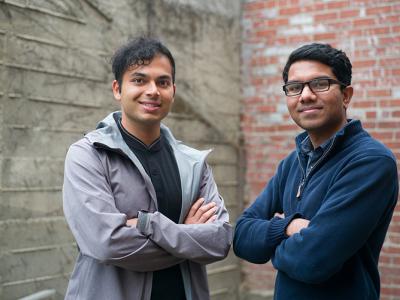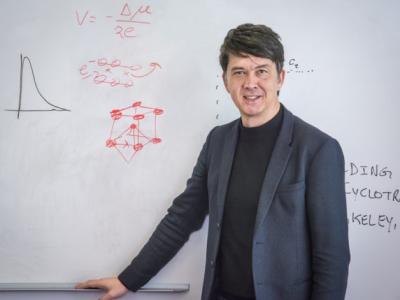Research News
Learn more about UC Berkeley's researchers and innovators.
Showing 1969 - 1984 of 3524 Results
A new study suggests that many of the state’s birds are adapting to rising temperatures by breeding earlier than they did a century ago.
A smartphone-based microscope technology has been used to help treat river blindness, a debilitating disease caused by parasitic worms.
Dan Kammen’s experience in the developing world makes it clear that energy solutions, like politics, must be local.
Robots today must be programmed by writing computer code, but imagine donning a VR headset and virtually guiding a robot through a task and then letting the robot take it from there.
Vision scientists have discovered that naturally occurring molecules known as lipid mediators have the potential to halt the progression of glaucoma, the world’s second-leading cause of blindness.
Researchers have developed a new, ultrafast method for electrically controlling magnetism in certain metals.
Today, as an expert on water, David Sedlak says that cities may soon have to develop their own version of the stillsuit to recycle wastewater, from storm runoff to household sewage, for drinking.
Campion, who composed the piece using software based on Pythagorean ratios, said he approached the piece thinking of sound as numeric relationships.
Two UC Berkeley undergraduate computer science students are doing what they say Twitter won’t: sorting out and tagging the angry propaganda bots designed to undermine, destabilize and inflame American political discourse.
Berkeley Lab reports major progress in realizing new type of lithium cathode.
The grants recognize the campus’s leadership in data science education.
Since we don’t yet know how fast and how high sea levels are going to rise because of climate change, our strategies must be ready and adaptive as conditions change, according to UC Berkeley urban designer Kristina Hill.
When gun shows are held in Nevada, gun-related deaths and injuries spike across the state line in California for at least the next two weeks.
CUORE is considered one of the most promising efforts to determine whether tiny elementary particles called neutrinos, which interact only rarely with matter, are “Majorana particles” – identical to their own antiparticles.
Visitors to Mexico and the U.S. Southwest can’t help but stand in awe of the solitary and majestic saguaro, the towering clusters of the organ pipe cactus and Baja’s cardón, the appropriately named “elephant” cactus and the largest cactus in the world.

